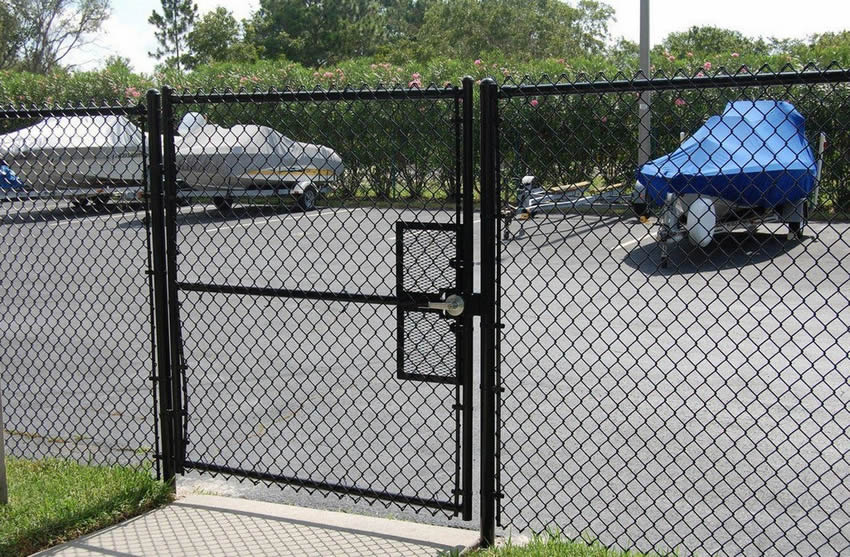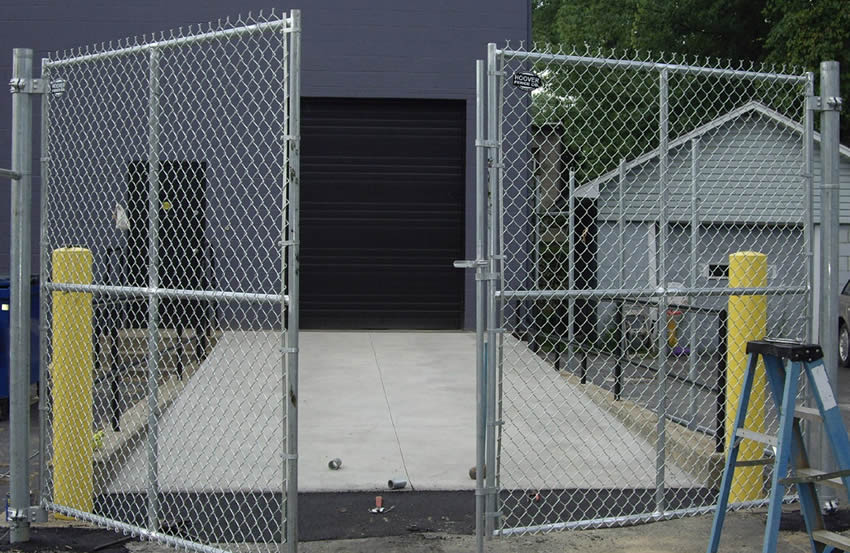Technology
Home / Technology / Chain Link Fence RecommendationsChain Link Fence Recommendations
Chain link fencing has been the product of choice for security fencing for over 60 years because of its strength, corrosion resistance, ease of installation, versatility, variety of product selection and value. A chain link fence is one of the primary building blocks for a facility's perimeter security system.
Chain link fence provides one or more of the following functions:
- Gives notice legal boundary of the outermost limits of a facility.
- Assists in controlling and screening authorized entries into a secured area by deterring entry elsewhere along the boundary.
- Supports surveillance, detection, assessment, and other security functions by providing a zone for installing intrusion detection equipment and closed-circuit television.
- Deters casual intruders from penetrating a secured area by presenting a barrier that requires an overt action to enter.
- Demonstrates the intent of an intruder by their overt action of gaining entry.
- Causes a delay to obtain access to a facility, thereby increasing the possibility of detection.
- Creates a psychological deterrent.
- Reduces the number of security guards required and frequency of use for each post.
- Optimizes the use of security personnel while enhancing the capabilities for detection and apprehension of unauthorized individuals.
- Demonstrates a corporate concern for facility security.
- Provides a cost effective method of protecting facilities.
Chain link fence enhances the goals of good security planning. In-depth security planning takes into consideration the mission and function, environmental concerns, threats, and the local area of the facility to be secured. This can be translated into an A-B-C-D method that points out the values of chain link fencing to a security program.
A. Aids to security. Chain link fencing assists in the use of other security equipment, such as the use of intrusion detectors, access controls, cameras, etc. Chain link fences can be employed as aids to protection in an exterior mode or an internal protected property, as a point protection, and for general protection as required.
B. Barriers for security. These can be buildings, chain link fences, walls, temporary checkpoints, etc.
C. Controls support the physical security chain link fences and barriers, such as an access control system tied into vehicle gates and pedestrian portals, various level identification badges and temporary badges, security escorts, and internal procedures.
D. Deterrents such as a chain link fence, guards, lighting, signage, and checkpoint control procedures are a few of the deterrents that ensure intruders will consider it difficult to successfully gain access.
Chain link fence specification:
The various mesh sizes available in the three previously discussed gauges are listed in the order of their penetration resistance/security:
- Extremely high security: 3/8" mesh 11 gauge.
- Very high security: 1" mesh 9 gauge.
- High security: 1" mesh 11 gauge.
- Greater security: 2" mesh 6 gauge.
- Normal Industrial security: 2" mesh 9 gauge.



